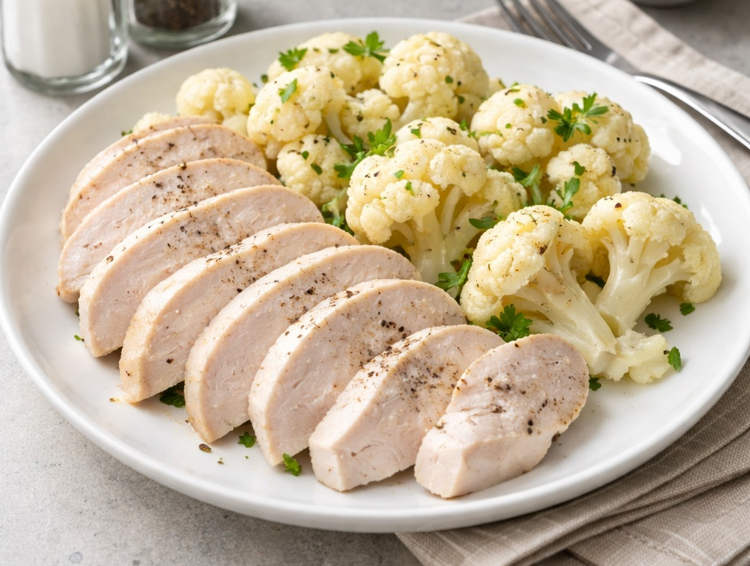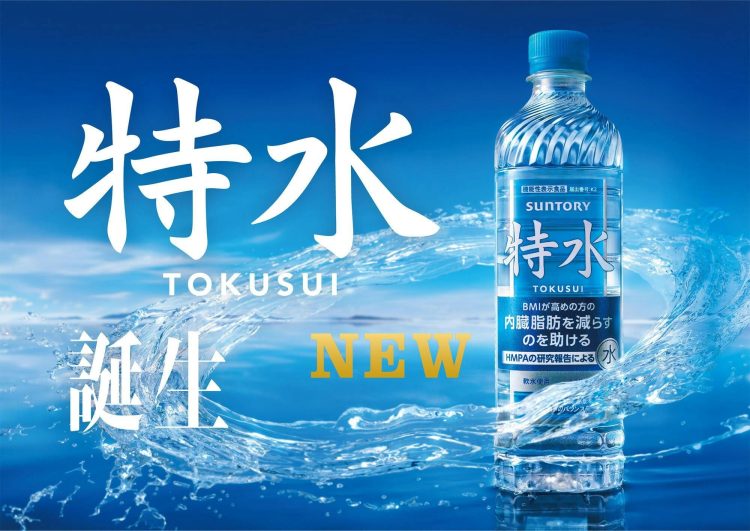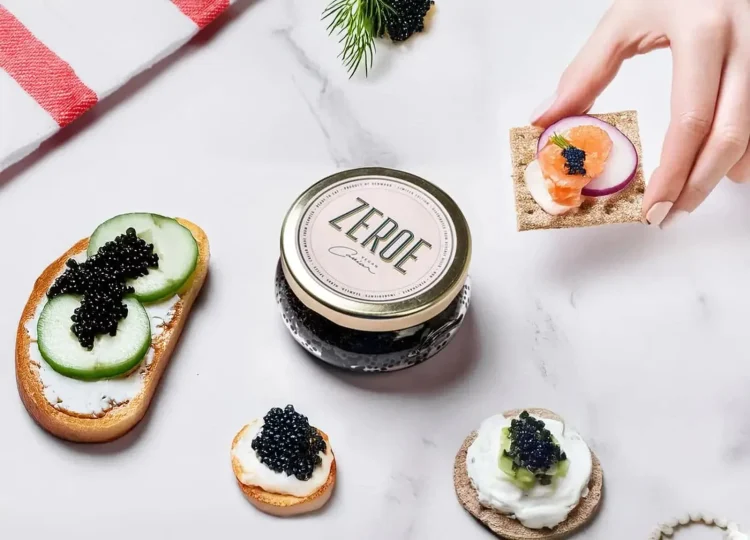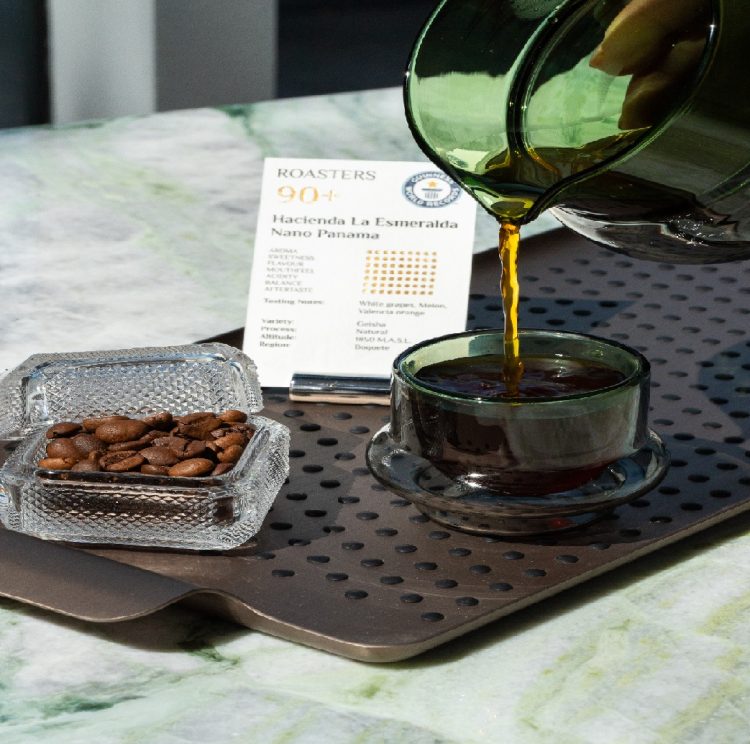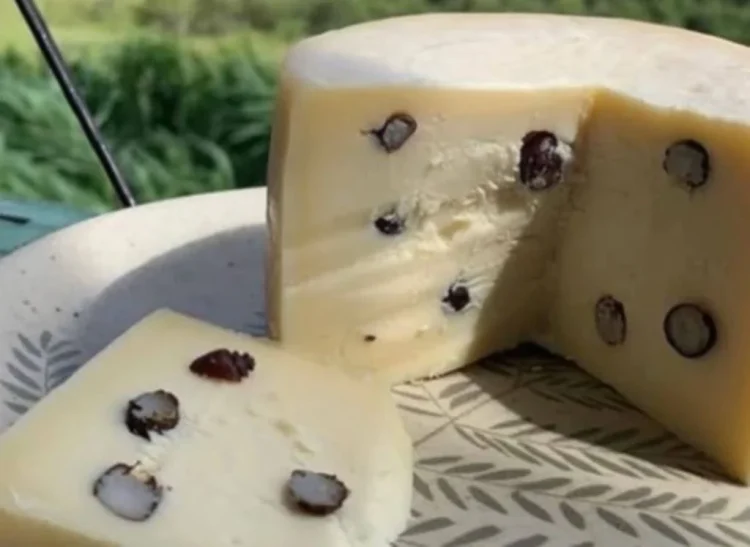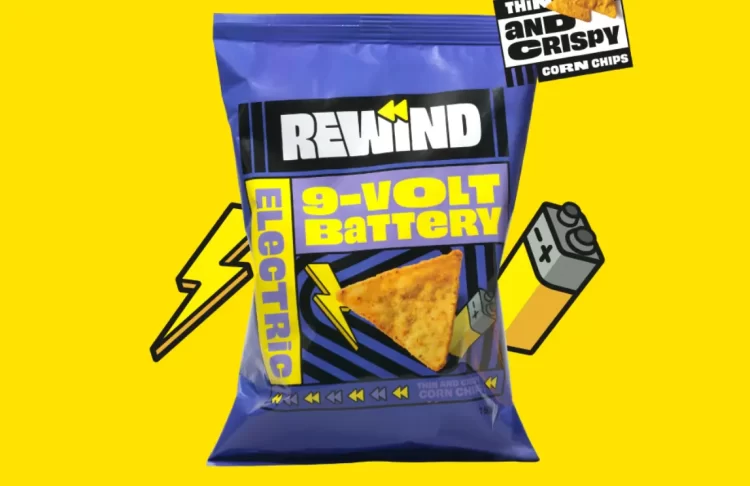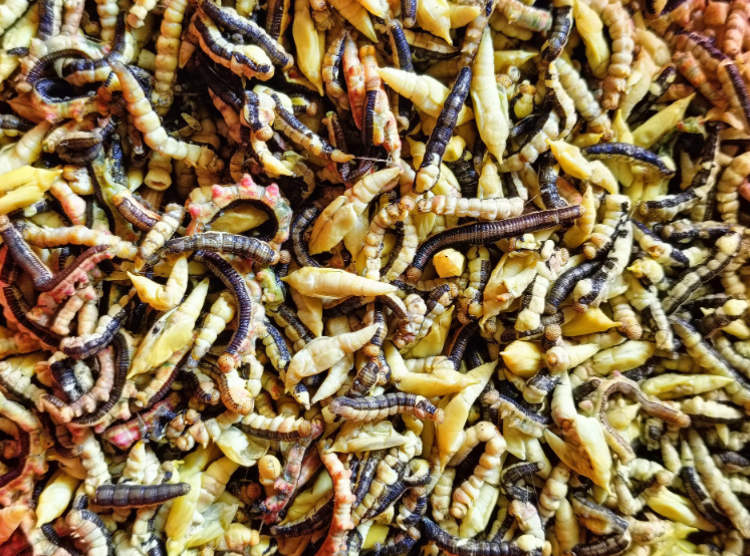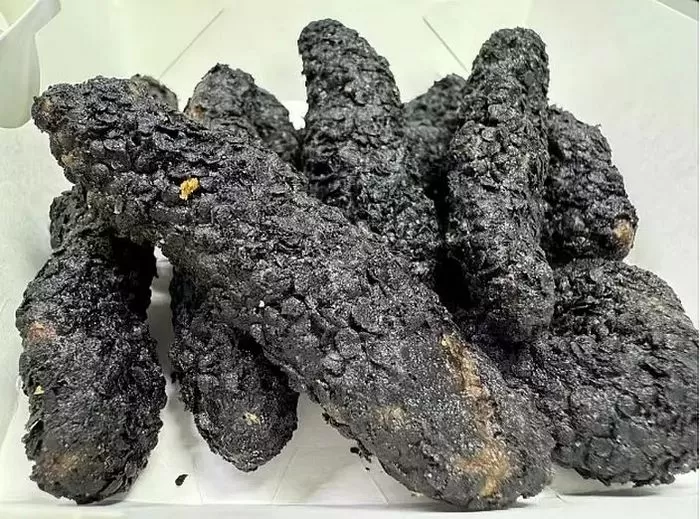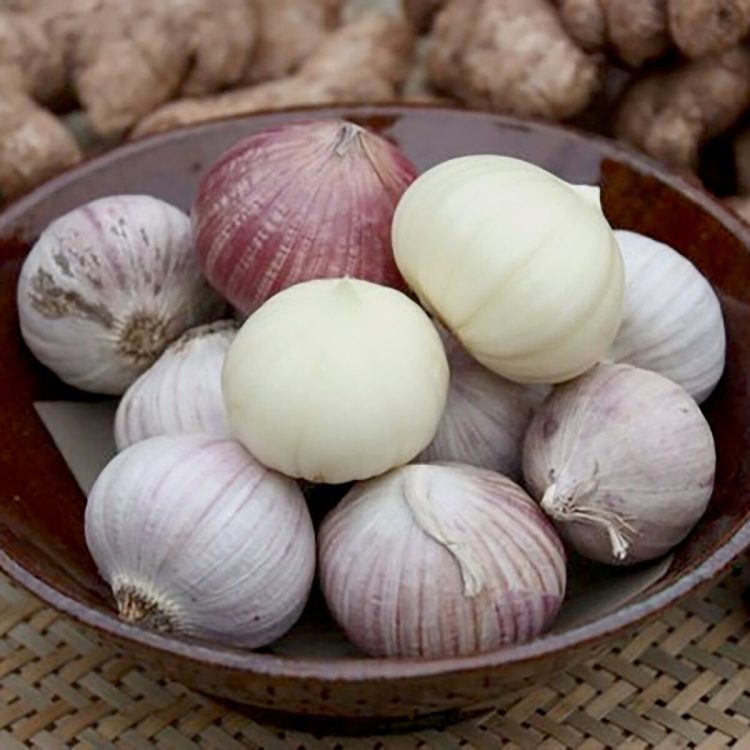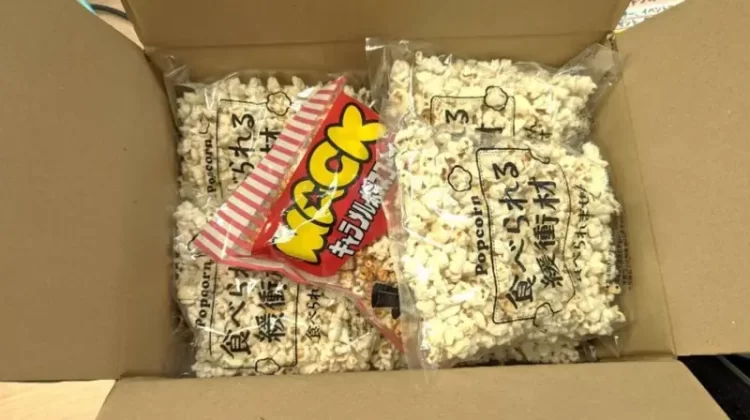Blonde chocolate has yet to reach the popularity of milk, dark, and white chocolate, but it is already recognized as one of the most ingenious variations of white chocolate ever created.
The history of blonde chocolate can be traced back to the year 2004 when French pastry chef Frederic Bau was busy showing off his skills during an exhibition in Japan. He apparently got so carried away during the show that he left his white chocolate melting in a bain-marie for four days. When he finally got back to it, the chocolate had become a pale brown and had a very distinct smell and flavor. Apart from its caramel-like color, this new confection had the milky smoothness of white chocolate, but also butterscotch, toffee, and shortbread-tasting notes, as well as a distinct aftertaste of roasted coffee. Frederic Bau quickly recognized the potential of his discovery, and blonde chocolate was born.
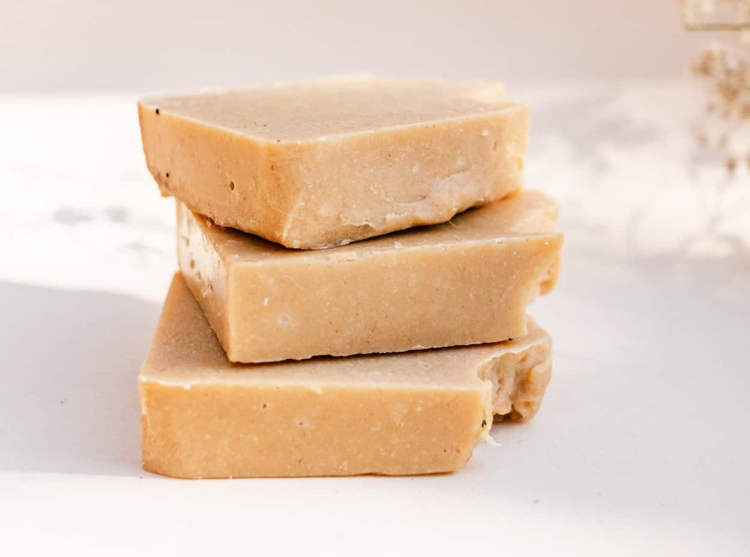
“By chance, by magic… it became blond! This chocolate appeared with an incredible color and smell”, Bau recently told Agence France Presse.
Frederic Bau knew he was on to something the moment he tasted blonde chocolate for the first time, but because the treat was technically the result of an accident, a mistake, there was no way to reproduce the result, at least not immediately. The French pastry chef spent the next seven years experimenting and perfecting the process, to ensure he produced the best blonde chocolate every time.
Blonde chocolate was created when white chocolate left in a bain-marie for too long underwent a chemical process known as the “Maillard reaction”. It is similar to caramelization, only it also impacts amino acids, not just sugars. Both are forms of non-enzymatic browning.
Since 2012, blonde chocolate has been sold by French chocolatier Vlrhona under the name Dulcey, but even though it has made quite an impression among connoisseurs in the years since, blonde chocolate is still not a mainstream dessert. That is partly because French lawmakers refuse to recognize the sweet treat as a fourth type of chocolate, instead deeming it a variation of white chocolate.
Blonde chocolate shares a similar story with another unique confection, Ruby chocolate, the naturally pink chocolate made with Ruby cocoa beans. In 2017, it was dubbed “the biggest innovation in chocolate in 80 years”, but it is still not officially recognized as chocolate.

